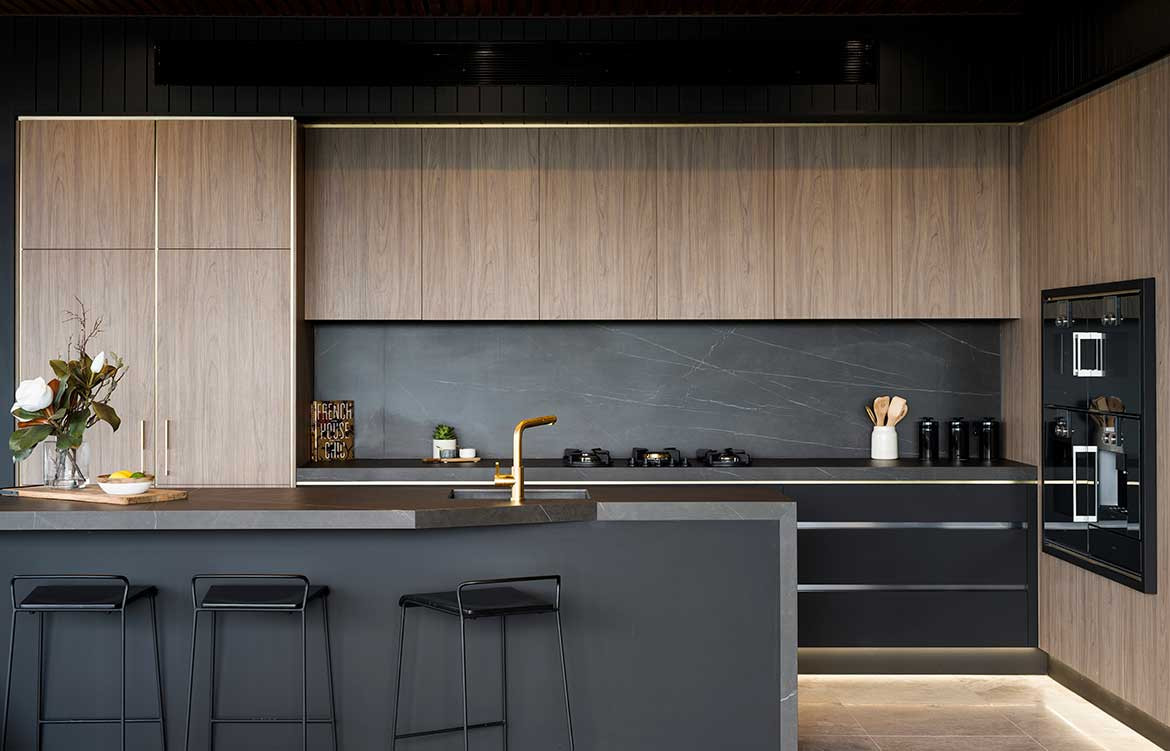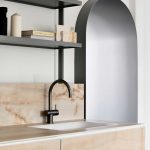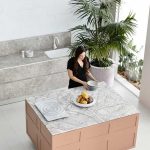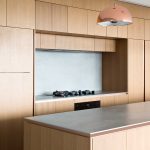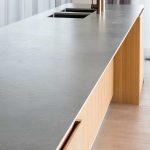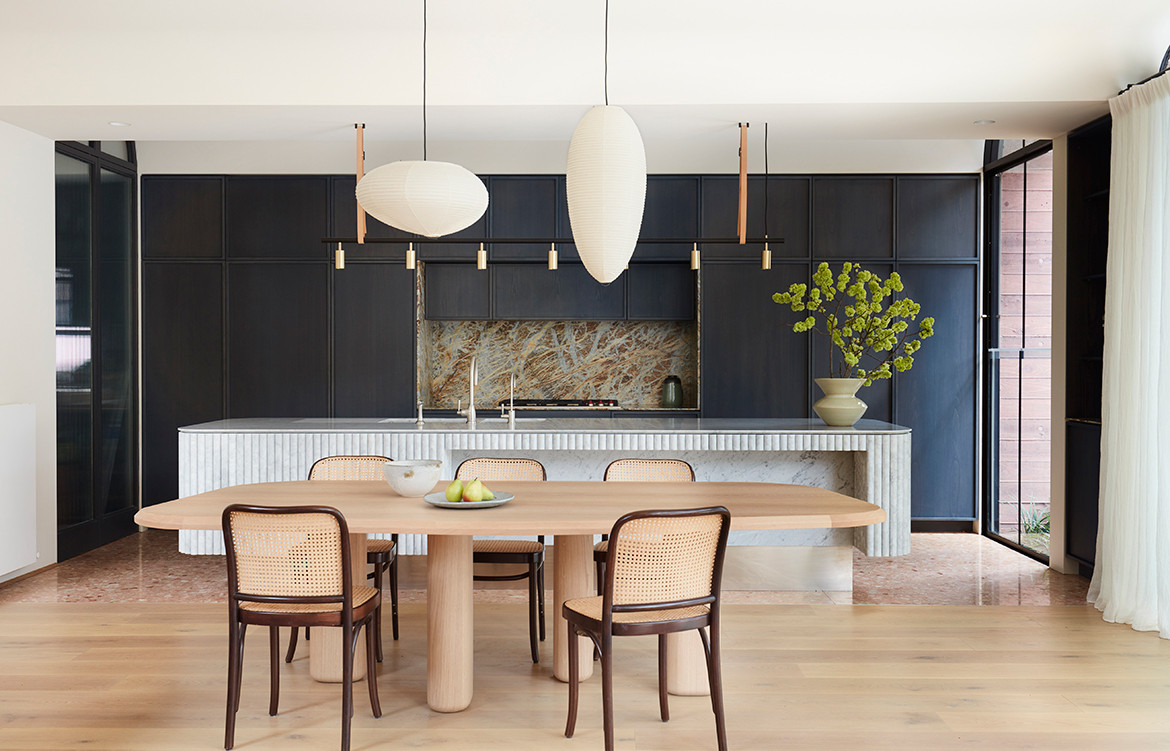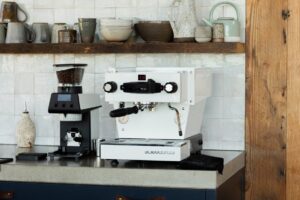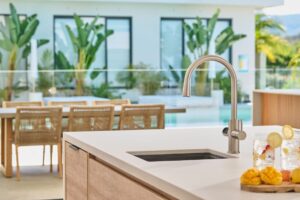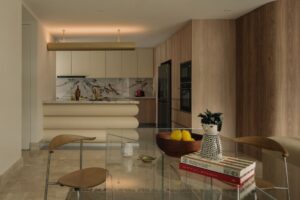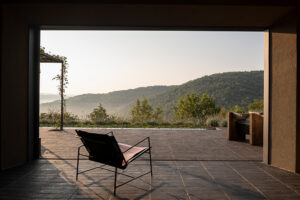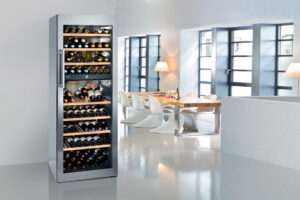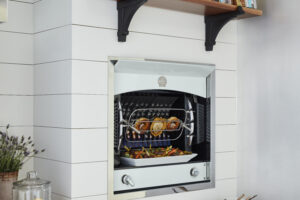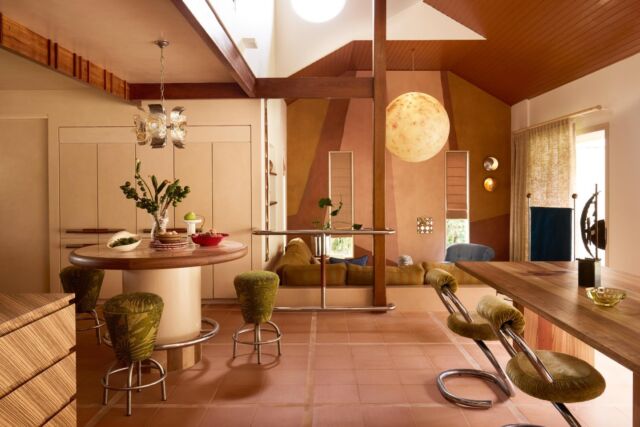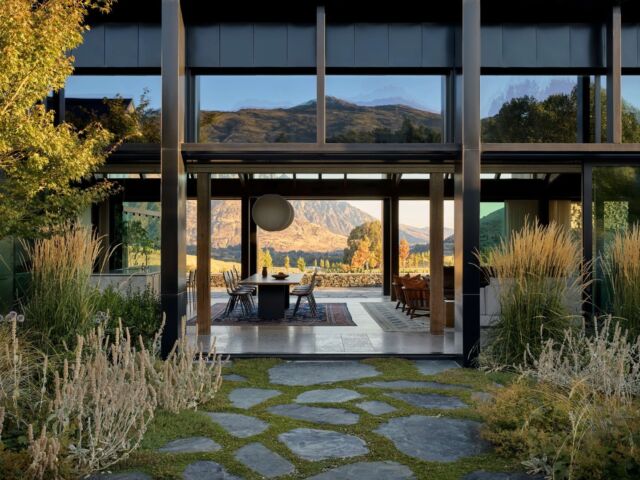Given the contemporary popularity of engineered or reconstituted stone products when refitting or designing an all new kitchen, many a person may naturally assume they’re the best option for kitchen benchtop design. But in reality, there are certain aspects peculiar to this material that could make it a less than ideal choice, and a poor investment for designers fitting out a new kitchen.
When it comes to kitchen benchtop design, “engineered stone” and “reconstituted stone” actually refer to the same kind of material – typically composed of 90 to 95% stone powder, bound together by a petrochemical resin. And from a practical point, engineered stone simply isn’t very robust – drop something heavy on your benchtop, and the surface will likely chip on impact.
Furthermore, engineered stone is not UV-stable, so will change colour with exposure to direct sunlight and isn’t recommended for installation close to heat sources, making it unsuitable for splashbacks. More troubling, the chemical composition can give off toxic fumes when burned. While this might not affect everyone, it is concerning nonetheless, and alternatives are worth exploring.

Elba marble. Designed by Lucy Bock Design Studio. Photography by Mark Roper.
Beautiful and functional, natural stone benchtops can add an important sense of authenticity to the kitchen space, with different stones bringing their own qualities to a kitchen benchtop. Limestone, marble, granite and quartzite get progressively stronger in that order, and the choice between them is often determined in a trade-off between desired look and feel, and longevity.
Marble has long been considered the king of natural stone, and for good reason – marble products such as Artedomus’s Elba stone are incredibly strong, and display natural markings that make for striking interior design elements. Granite has also been popular for a long time, and it’s certainly a very robust material, and while slowly falling out of favour, is still a reliable choice for any kitchen design. Quartzite however, the strongest of all of the natural stone benchtop materials, has only grown in popularity in contemporary kitchen design.
- Vigo Lena marble + MAXIMUM Grigio Tundra porcelain panels. Designed by The Stella Collective & Thomas Coward. Photography by Derek Swalwell.
- Vigo Lena marble + MAXIMUM Grigio Tundra porcelain panels. Designed by The Stella Collective & Thomas Coward. Photography by Derek Swalwell.
The newest and arguably most impressive benchtop material on the market is the sleek porcelain panel. Made from all-natural pressed porcelain and available in large-format slabs, it’s practically impervious to damage, doesn’t stain and doesn’t etch, and is completely UV stable, so can even be used outdoors.
Aesthetically, porcelain panels are a beautiful, pure surface material choice for contemporary kitchen design, but are also versatile, coming in styles that recreate the look of a wide range of materials, such as raw concrete, marbles and other natural stone.
- MAXIMUM Argento porcelain panels. Magnus Apartments by Cottee Parker. Photography by Mindi Cooke.
- MAXIMUM Argento porcelain panels. Magnus Apartments by Cottee Parker. Photography by Mindi Cooke.
The benefits of a porcelain panel kitchen benchtop go beyond the surface. In contrast to the petrochemical binders used to make engineered stone, pressed porcelain is made from all-natural ingredients – clay, sand and quartz – that are heated and mixed. In the unfortunate case of fire, no toxic fumes are produced, because the panels are non-combustible.
Considering these fundamental differences between engineered stone, natural stone and porcelain panels, the popularity of engineered stone products is quite astonishing. But as awareness of natural stone and porcelain panels grows, more and more design lovers are choosing them. Stronger, more beautiful, safer – there’s no argument, really.

MAXIMUM Gold Onyx porcelain panels + Smeraldo quartzite. Designed by The Stella Collective & Thomas Coward. Photography by Derek Swalwell.
Header Image: MAXIMUM Pietra Grey porcelain panels. Designed by Cottee Parker Architects and Developed by Spyre Group. Photography by Mindi Cooke.
Artedomus
artedomus.com


